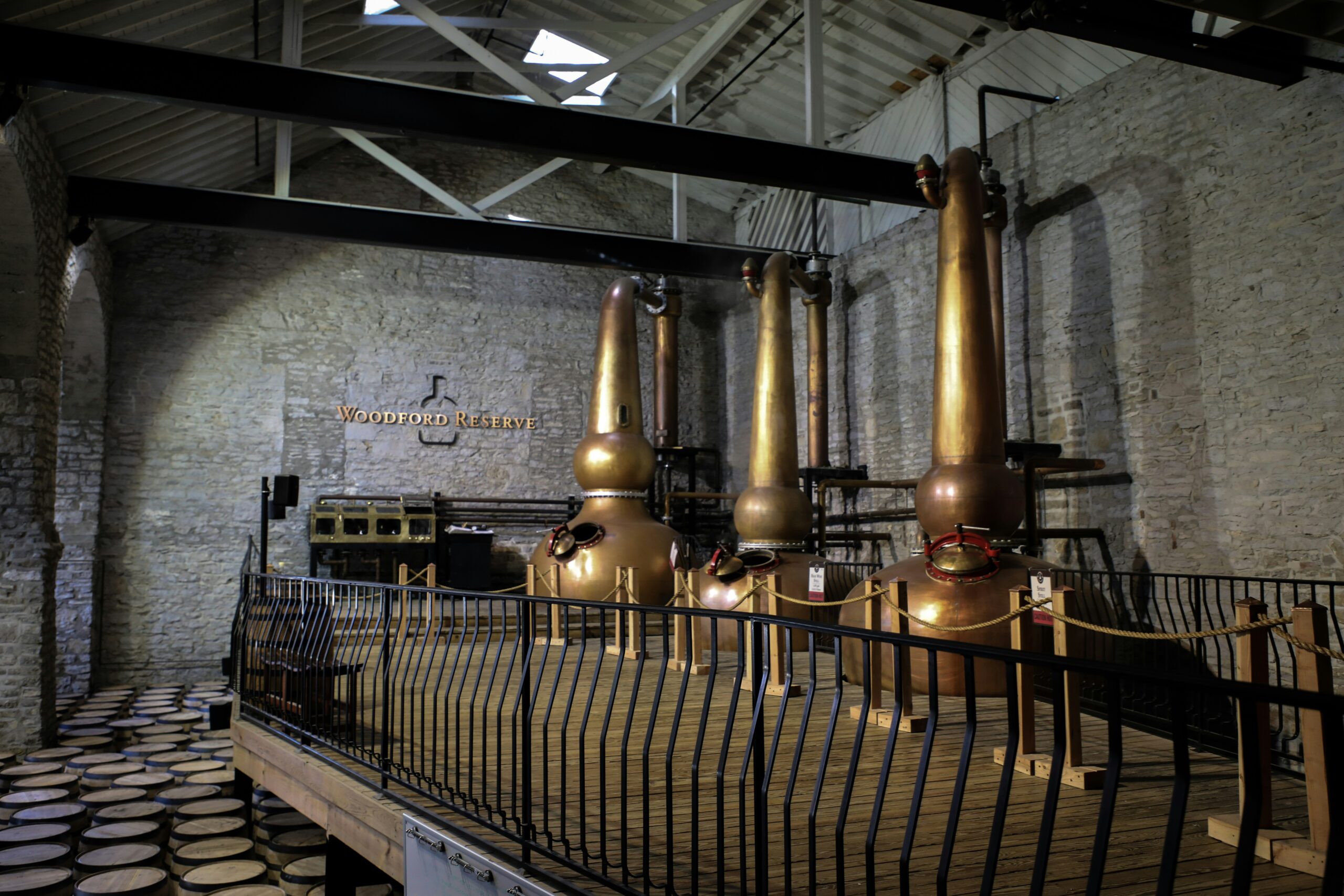

Have you ever tasted Greek retsina? This ancient traditional Greek wine is made by adding a special type of resin during the alcoholic fermentation. The resin alters the wine’s final taste, delivering strong pine-scented, herbal notes, reminiscent of sage, mastic, and thyme.
If you’ve ever visited Greece, I’m sure you can recall the taste of retsina. It’s the taste of that Greek summer when, in your early twenties, you decided to visit one of those magnificent Aegean islands for the first time. Back then, everything was nearly perfect. It was all about you, your boyfriend or girlfriend, the sun, the sea and an uncomplicated way of living. So what if you didn’t have enough money to afford luxury? The family-owned taverna right next to the Aegean waves served delicious Greek food and even their bulk retsina was pretty decent. Actually it wasn’t, but who really cared back then? Had anyone claimed that Greece was capable of producing quality wines? Fast-forward to the present, and if you still have this old-school perception of Greece and its wines, why not take a minute and look at yourself in the mirror? Are you the same person as you were 20 or 30 years ago? If not, then please allow for the possibility that today’s Greek wine isn’t the Greek wine of your early youth.
During the last twenty years, the wines of Greece have experienced a great revolution, and retsina has definitely changed. Stelios Kechris and his pioneering Tear of the Pine retsina marked a brand new era for this much-abused (yet so authentic) style of Greek wine. Words such as innovation, quality and individuality describe this new-age style, one which aims towards a more sophisticated and delicate expression of an old classic. The unique and heretical character of the Tear of the Pine is clear from the outset, shown in the selection of the grape variety used. Mr. Kechris’ love for Assyrtiko led to the first-ever retsina made from selected grapes of the noblest Greek variety grown in the Goumenissa region. The wine doesn’t just ferment in oak barrels, it is aged in them as well, as if it were a white Burgundy. The result is phenomenal, showing an impeccable balance between the pine-scented aromas and the varietal fruit expression, with added layers of complexity and solid structure. This is a wine made to match wonderfully with Mediterranean cuisine. Even more heretical is the fact that the wine displays an impressive ageing potential. This fact was clearly highlighted in a vertical tasting of seven vintages that took place at the Kechris Winery, a tasting in which I was lucky enough to participate. I believe that few wines show a more authentic Greek character than retsina, and I think that Tear of the Pine is a game-changer, a wine that redefines this classic style and breaks all stereotypes and long-established perceptions. I hope you’ll discover it, too; reach for the good stuff this summer…
Tear of the Pine 2016
Quite tight and youthful, this wine combines an intense toasty character with ripe fruit aromas and resin notes of sage, thyme and mastic. Expressive and rich on the palate, it displays a lovely balance between Assyrtiko’s razor-sharp acidity and its exuberant body. The finish is lingering, with a nice toasty complexity.
Tear of the Pine 2015
This one is quite expressive, with mineral notes, herbal notes such as rosemary and sage, and a taste of brioche. Barrel notes are very well integrated, highlighting the fruit and the elegant resinous aromas. It’s precise and fresh on the palate, with an appetising phenolic bite somewhere towards the spicy finish.
Tear of the Pine 2014
The color was golden and more developed than that of the 2015. With smoke, minerality expressed as petrol aromas, and hints of deliberate oxidation, this was closer to a complex, gracefully aged oaky wine than to a retsina. Oak was also quite dominant on the palate, leaving the pine-scented notes in the background. This is a vintage for oak-lovers.
Tear of the Pine 2013
In a more traditional approach, this vintage displayed distinct aromas of pine, resin, mastic and dried fruit on the nose. Some hints of peppermint brought freshness and greater balance. The palate was strong flavoured, with balancing acidity leading towards a nutty finish.
Tear of the Pine 2012
This hot and dry vintage resulted in a wine with deep golden colour and ripe, almost baked fruits, as well as hints of honey and caramel. On the palate, the resin character was quite intense, displaying flavours of thyme, mastic, and pine tree, with balancing acidity. The wine’s development in the glass was quite noticeable, adding to its overall lovely complexity.
Tear of the Pine 2009
On the nose, this vintage was quite developed, with signs of oxidation and lack of freshness. Yet on the palate, it was better, still alive with barrel notes, honey, caramel and nuts intermingled with mastic, thyme and spices. It had an oxidative and nutty finish.
Tear of the Pine 2008
Undoubtedly, 2008 was unique, with its initially intense smoky character breathing to beautiful notes of cereals, mastic and Mediterranean herbs such as oregano. Freshness and great balance on the palate, along with lovely barrel integration, all told a beautiful story of how complex, delicious and authentic the Tear of the Pine can be after a full decade in the bottle. g
Με την εγγραφή σας στη λίστα των παραληπτών θα λαμβάνετε το newsletter του grape!





Με την εγγραφή σας στη λίστα των παραληπτών θα λαμβάνετε το newsletter του grape!